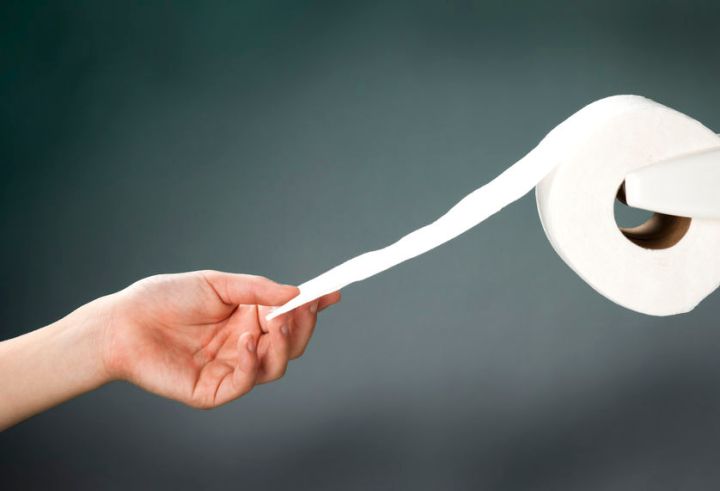
The couple are building their poop-powered home just north of Pamplona in north-east Spain, with the project scheduled for completion early next year.
The initiative is being led by PlanetEnergy, a startup founded by Sapp four years ago to create small-scale systems for converting waste into energy, combining solutions with wind and sun power to eliminate energy costs, reported Madrid-based news site The Local (via Quartz).
Organic waste from not only the bathroom but the kitchen too will be converted into biogas to provide energy for under-floor heating, hot water, and cooking gas. At the same time, electricity will be generated via solar and wind power.
Sapp says that as the couple’s bathroom visits are highly unlikely to provide enough waste to take care of the farmhouse’s energy demands, they’ve bought a couple of horses to help them out.
“Horses eat a lot of grass, then they poop a lot and that’s great for making biogas,” Sapp told The Local, adding that the motivation for building the special house is “to demonstrate that it’s technically viable and economically feasible to be an energy island, no matter how small the scale.”
The cost of both the land and the building work, which should be finished by spring 2016, is likely to reach just over half a million dollars. According to Sapp, the technology costs equal around a fifth of the total outlay, though the expenditure should be returned through energy savings within four or five years.
If you’re a follower of poop-based projects, you’ll be aware that this isn’t the first time that waste of this kind has been used to create energy. Just last May, Geneva-based designer Océane Izard revealed a plan for converting dog do into electricity, while Detroit Zoo has already embarked on a project to build an enormous biodigester for turning elephant poop into methane-rich gas, which, if all goes to plan, could save the zoo up to $80,000 in energy bills annually.
Finally, last year saw the launch in the U.K. of a poop-powered bus. And no, passengers didn’t have to drop anchor in order to complete their journey.


